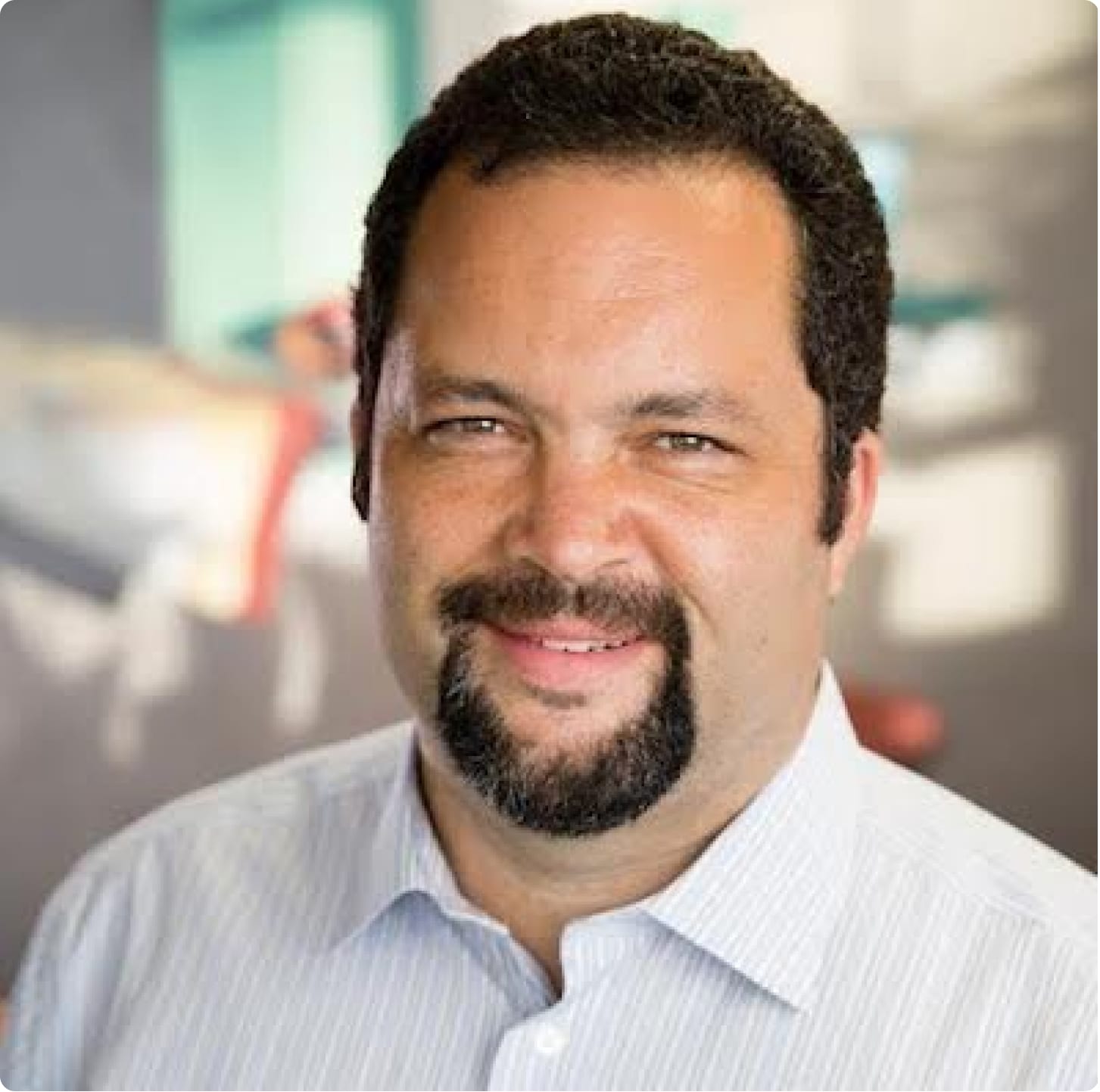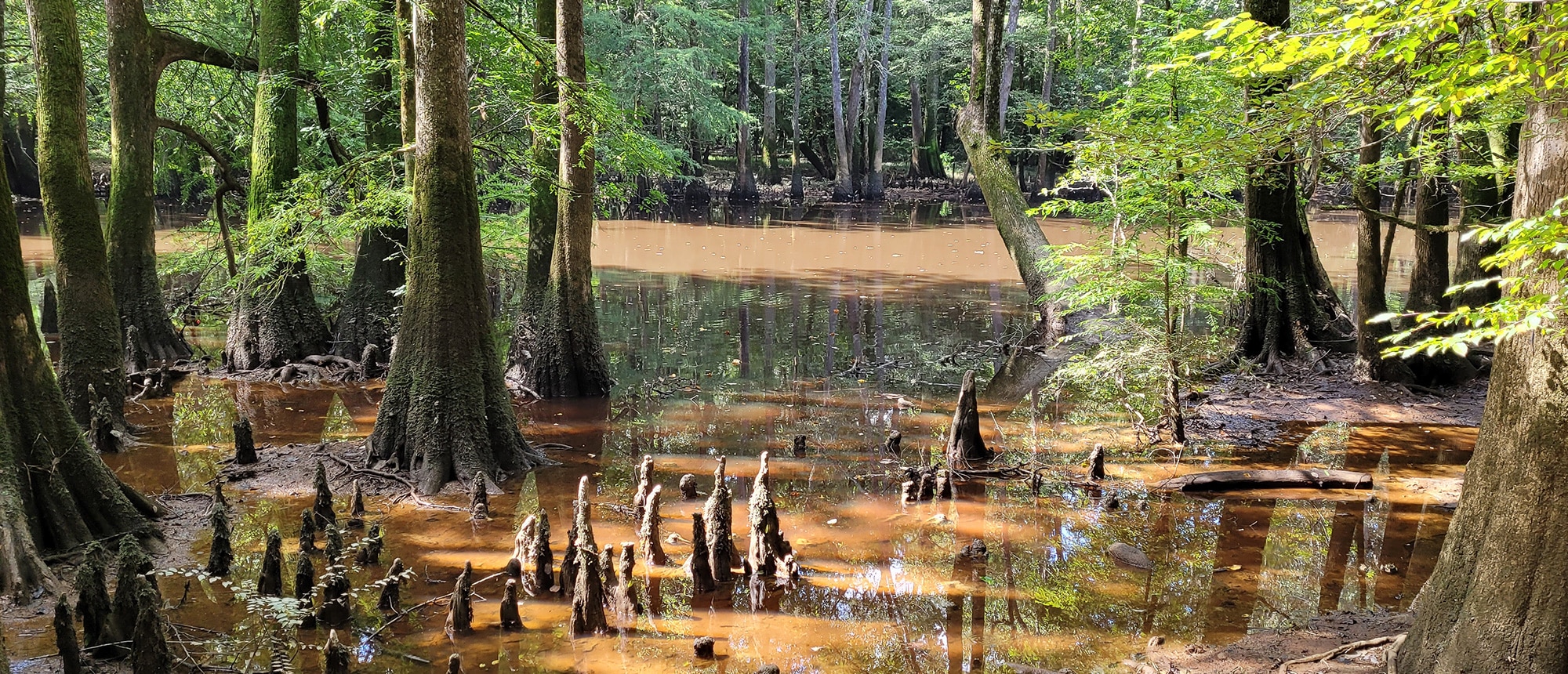Environmental Sacrifice Zones Can Be Beacons Of Clean Energy Investment
Lower Richland County, South Carolina, is a place with a rich history. The region, which sits on wetlands and a floodplain forest fed by the Congaree River, was an established agricultural center dating back more than 300 years.
It’s home to Congaree National Park and other important sites that are central to the experiences of the African Americans and Indigenous people who have lived on the land over the centuries.
Despite Congress’s establishment of the Congaree Swamp National Monument in 1976 and that land’s subsequent designation as a national park in 2003, much of Lower Richland has been treated as an environmental sacrifice zone.
Sacrifice zones are populated areas that are exposed to especially high pollution levels and other environmental and health hazards, usually due to close proximity to industrial plants and other polluting facilities.
According to the Climate Reality Project, “these areas are called ‘sacrifice zones’ because the health and safety of people in these communities is being effectively sacrificed for the economic gains and prosperity of others.” And it is no coincidence that sacrifice zones are typically in minority and/or low-income communities.
With unregulated dumpsites, a superfund site, and industrial plants, Lower Richland – with a history of redlining and a low-income, predominantly Black population – fits the definition. The International Processing Plants and Equipment Corporation (IPPE) sits on the former site of a steel mill that had been closed due to cancer-causing pollution. The International Paper Sylvamo facility, the Wateree Station coal power plant, and a Westinghouse nuclear fuel plant (that, even with a track record of sick workers and radioactive leaks, just received a 40-year permit renewal) are also packed into the Lower Richland.
As if the area was not already burdened with more than its fair share of pollution, Lower Richland sits just downriver from Columbia, South Carolina’s capital and largest city. Overdevelopment in the metro area and along its waterways threatens Lower Richland, including Congaree National Park, with increased flooding and additional pollution.
Lower Richland is a prime example of a community that could benefit tremendously from clean energy investments under the Inflation Reduction Act and Infrastructure Investment and Jobs Act – and the community is hungry for the opportunity.
Virginia Sanders, a longtime activist in Richland County who is active with the Midlands Sierra Club and the Lower Richland branch of the NAACP and served on the Richland County Conservation Commission for seven years, says:
“Lower Richland is a dumping ground for the rest of the county and the industries that set up shop here, while it could be a gold mine for the county and the state’s tourism industry. We need clean industry in this community.”
In order for that to happen, Ms. Sanders says it will take investments in both green jobs and the necessary training and education for area residents to secure and thrive in those jobs.
The Inflation Reduction Act (IRA) and the Infrastructure Investment and Jobs Act offer such remedies. And the state of South Carolina is already taking advantage.
New initiatives like a BMW electric vehicle battery plant and Bosch’s electric motor production facility are part of a $6.2 billion investment that promises significant economic growth and job creation for the state. More of that investment needs to be directed to communities like Lower Richland.
South Carolina has already applied for a grant under the Solar for All component of the Greenhouse Gas Reduction Fund in the IRA. Solar for All provides for the funding of job training and workforce development in solar. And, because Lower Richland is a low-income area, the already generous tax incentives for clean and renewable energy investments under the IRA are even more generous, allowing investors to recoup as much as 60% of the dollars they put into the region.
Further, $203 million in IIJA funds, administered by the Environmental Protection Agency, has already been announced for South Carolina to provide clean and safe water across the state and improve water infrastructure. That work is desperately needed in Lower Richland.
Although it’s situated just minutes from Columbia, most Lower Richland residents still use well water for drinking and septic tanks for waste. Much of the groundwater is contaminated by all the local industrial pollution, and seepage from septic tanks impacts Congaree National Park by getting into the river and, according to Virginia Sanders, has even led to some local reports of raw sewage bubbling up from the ground.
The Inflation Reduction Act and the Infrastructure Investment and Jobs Act can fuel a sustainable, job-rich future and usher in a new era of prosperity and environmental progress. Let’s work together to ensure that communities like Lower Richland are a part of it.

